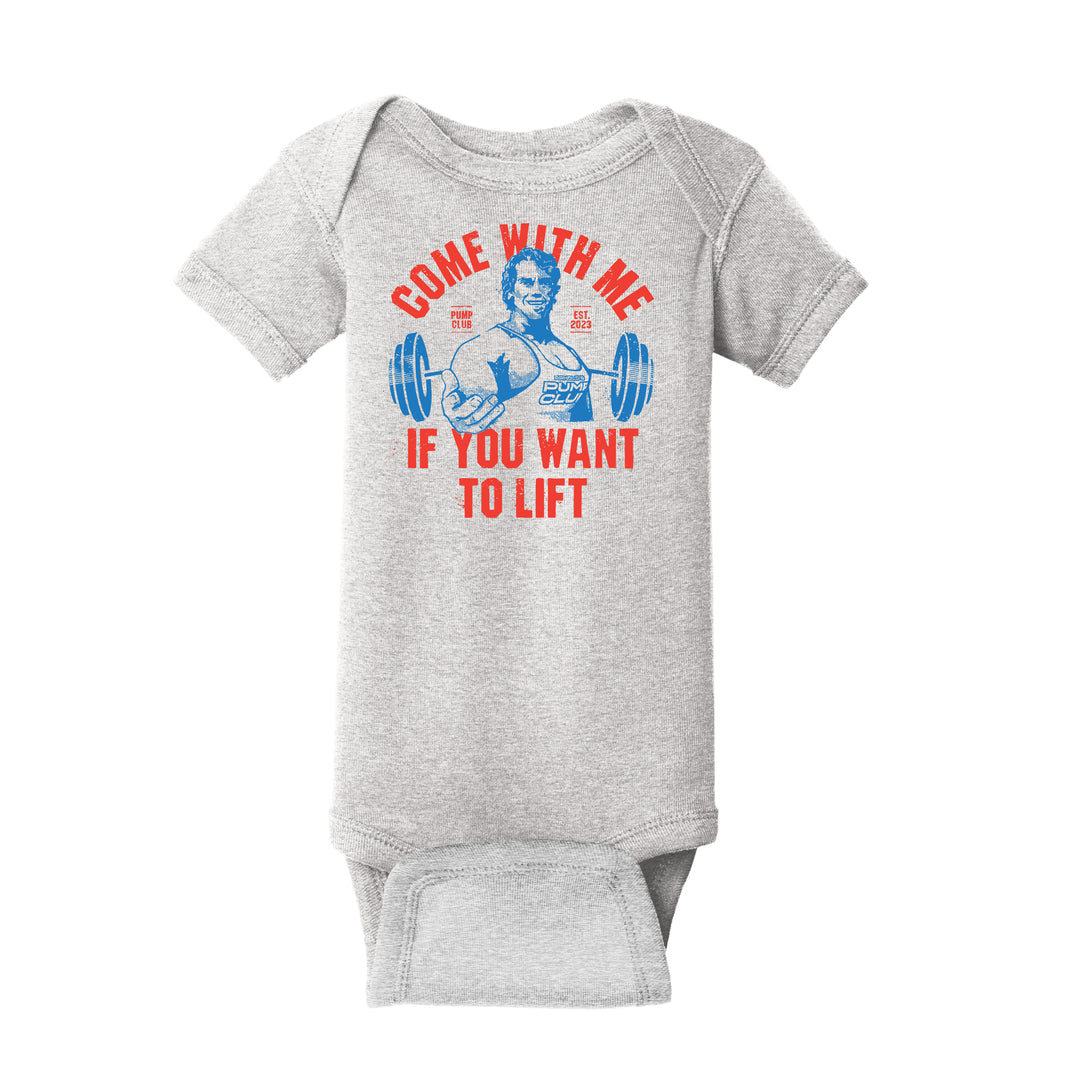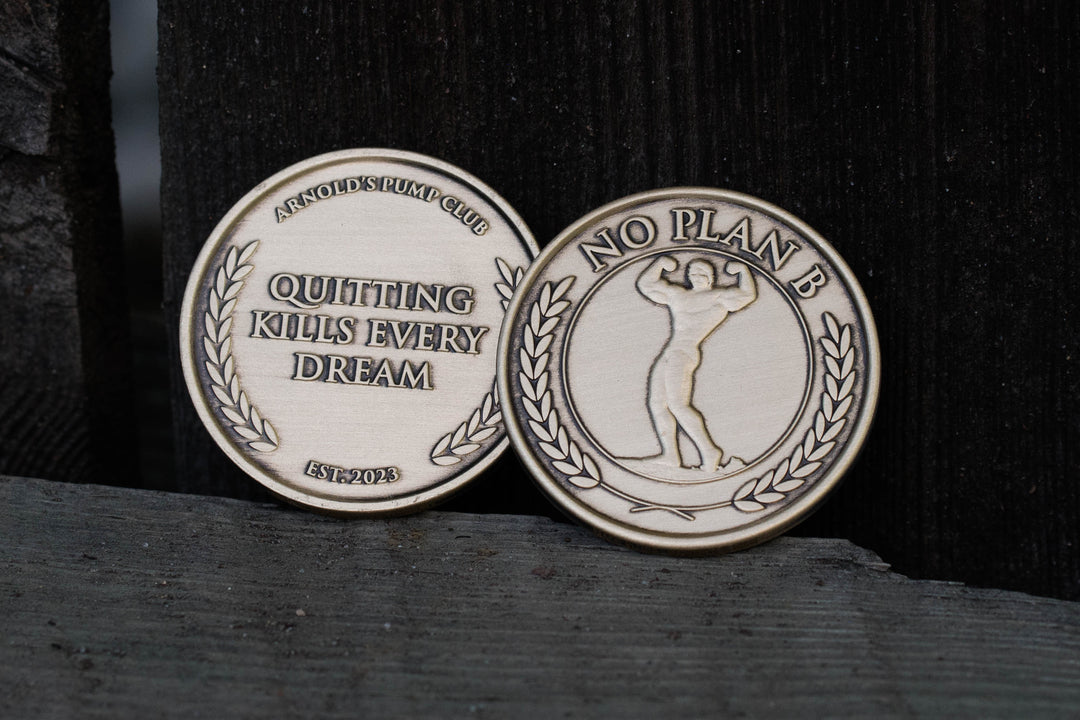Welcome to the positive corner of the internet. Every weekday, we make sense of the confusing world of wellness by analyzing the headlines, simplifying the latest research, and offering quick tips designed to make you healthier in less than 5 minutes. If you were forwarded this message, you can get the free daily email here.
Today’s Health Upgrade
Does caffeine cause migraines?
The surprising reason habits fail
May you have a fruitful life
Arnold’s Podcast
Want more stories from Arnold? Every day, Arnold’s Pump Club Podcast opens with a story, perspective, and wisdom from Arnold that you won’t find in the newsletter. And, you’ll hear a recap of the day’s items. You can subscribe on Apple, Spotify, Google, or wherever you listen to podcasts.
Does Caffeine Cause Migraines?
Are you worried that your morning cup of coffee leads to an afternoon headache? Research suggests caffeine might not cause migraines — but there’s an important catch.
Scientists studied people who suffer from regular migraines each month. Then, they examined how much caffeine they drank daily, ranging from nothing to four servings of caffeine per day.
The frequency, intensity, and duration of the headaches were similar for all participants.
But here’s the catch: your sensitivity to caffeine likely depends on how much you drink.
A separate study found that people who had three or more caffeinated beverages on any given day were likelier to have a headache later that day or the next day than those with no caffeine.
But when you piece together multiple studies, you start to see that headaches are linked to dramatic changes in consumption — either because of withdrawal or consuming much more than usual.
In other words, if you don’t drink coffee often and have a lot — or you usually have some but consume significantly more caffeine than usual — it could trigger headaches. But the caffeine itself is not necessarily headache-inducing. (This is different than headaches caused by withdrawal.)
If you want to enjoy caffeine without making your head ring, stick to your regular caffeine routine, or don’t have more than one additional serving than your usual intake.
The Surprising Reason Habits Fail (And How To Make Them Stick)
Consistency is the foundation of a good habit. But an inflexible approach might be why you struggle to make new habits stick.
Research suggests that the more rigid you make a routine, the more likely it is to fail.
Scientists wanted to help 2,500 Google employees exercise more often. So, they randomly assigned them to one of three conditions: a strict routine, a flexible plan, and a control group.
The strict group was asked for the best two-hour window in their schedule and given a designated time to exercise each day. The flexible group was told to work out at any time. Both groups were paid when they completed the workout. And the control group was encouraged to exercise without payment or guidelines about when to do it.
The routine and the flexible group that were paid exercised more often. But then, after four weeks, the payments stopped, and the participants were told to maintain their habits.
Those who took a more flexible approach to their exercise routine were twice as likely to continue going to the gym as those who trained themselves to only exercise at a specific time.
This might seem counterintuitive, but if you’ve followed a plan religiously for a few weeks and then fell off the wagon and never got back on, then the experience is quite familiar (we’re looking at you, diet plans).
The more rigid approach helped people build a habit, but the habit wasn’t built for the variability of real life. If they missed a workout, they didn’t go at all. It was more effective to be incentivized to go at any time because they learned to find a way to take action, even if the situation wasn’t perfect.
It’s a reminder not to let perfection get in the way of progress. If you can’t exercise when you usually do, adjust your plan. Or if you’re given a diet plan and life happens — such as having a meal at a restaurant — having a flexible plan that enables more variability will keep you more consistent in the long run.
It’s why we wrote You Can’t Screw This Up as a detour from strict diet plans to one that builds flexible habits that will help you eat better in any scenario without all the stress and anxiety.
May You Have a Fruitful Life
We can only hope this convinces people that fruit is OK to eat.
A recent study found that people who eat more fruits (and vegetables) are 21 percent less likely to die of heart disease than those who eat less.
The scientists monitored nearly 20,000 people over 15 years. While epidemiological studies can’t explain cause and effect, study after study links fruit to better health. If you want to live longer and have less disease, find a way to sneak fruits and vegetables into your diet.
Another study analyzing more than 70,000 people suggests that eating five servings of fruits and vegetables is associated with living an extra three years compared to those who avoided the plants.
While it’s easy to fear fruit because of the sugar, not all sugars are equal. Fruit sugar is processed and stored differently in the body, and many fruits also include fiber, which supports better gut health and weight. One study on 5,000 people found that those who eat one piece of fruit daily are 10 percent less likely to be obese. That might be because fruit tends to be more satiating and helps you eat less overall, which matters when maintaining and losing weight.
If you don’t eat much fruit, a good goal is to start with just one piece per day and make it a habit. Eating just two servings per day is associated with an 18 percent reduction in stroke, a 16 percent reduced risk of heart disease, and a 13 percent reduced risk of cardiovascular disease.
—
Publisher: Arnold Schwarzenegger
Editors-in-chief: Adam Bornstein and Daniel Ketchell





























































